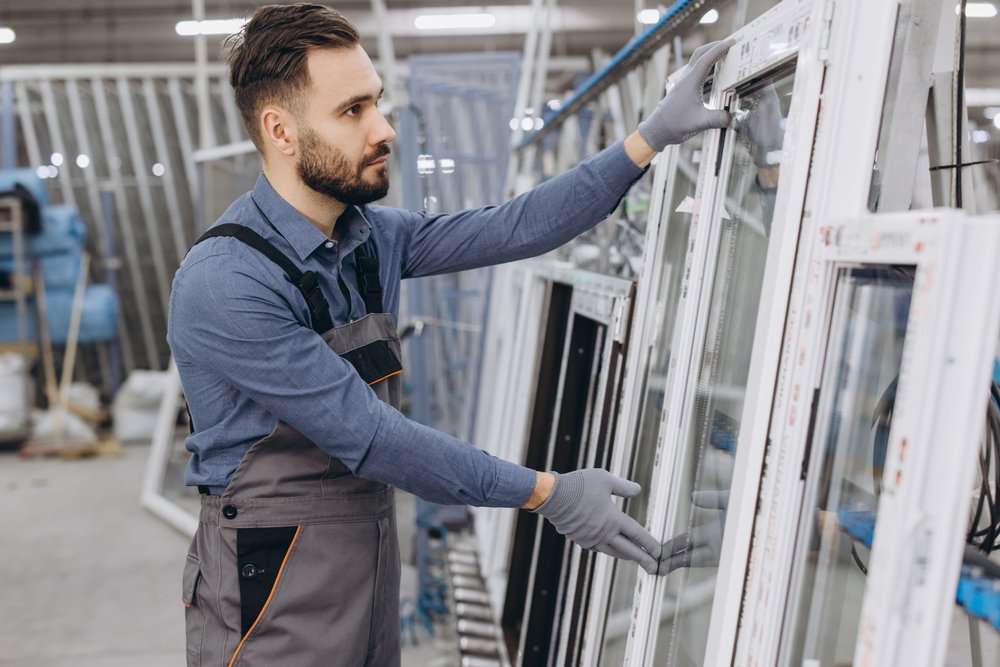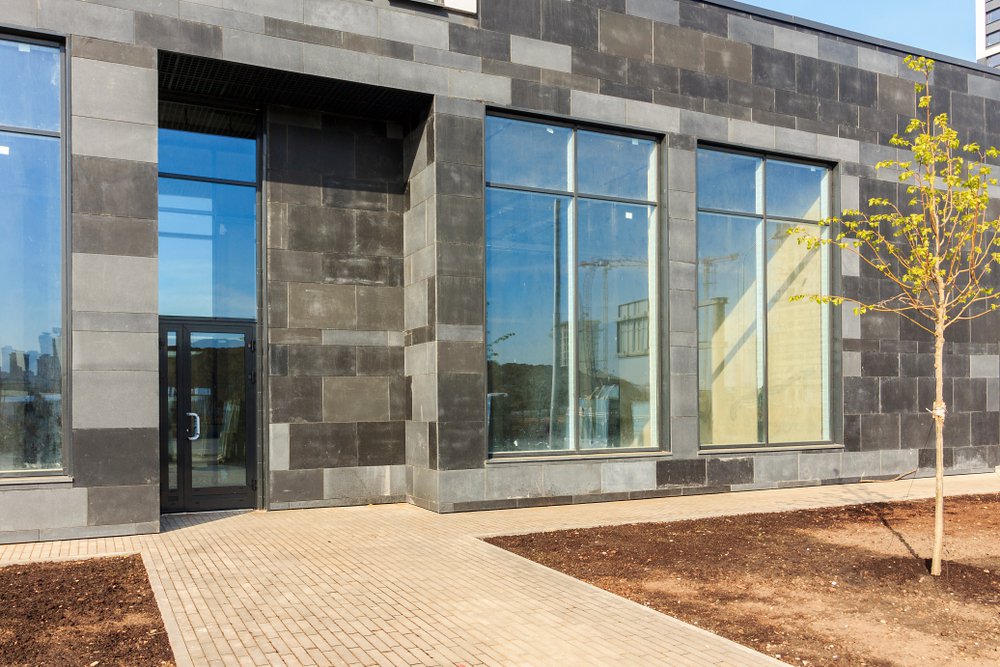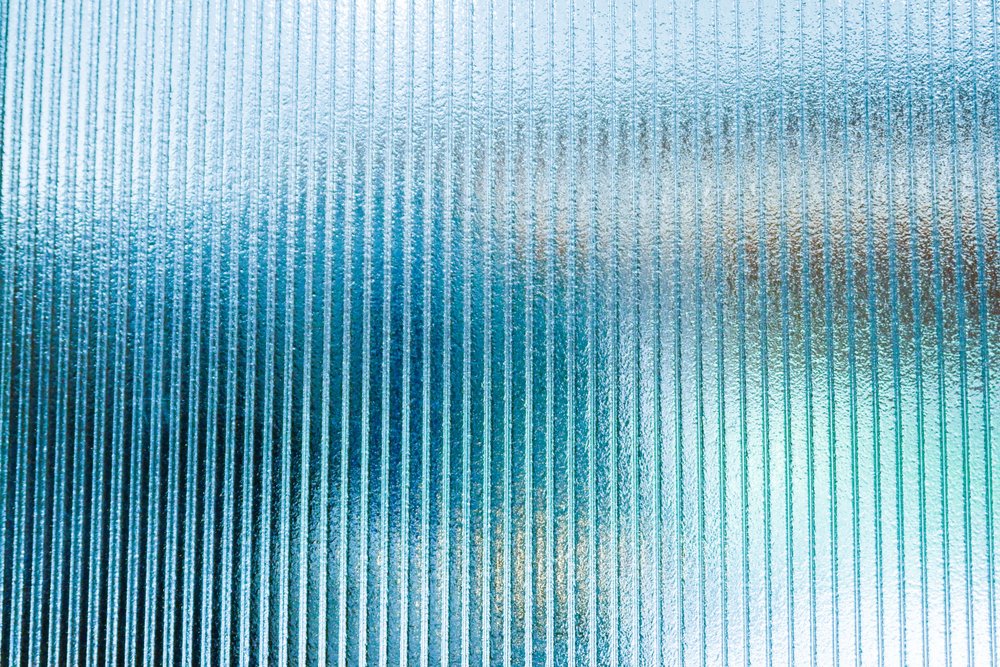Glass is one of the most versatile and visually impactful materials in modern construction, but it’s also one of the most vulnerable to surface damage during storage, transportation, and installation. That’s why protective film application has become an essential part of the handling process. When applied correctly, these films provide a vital barrier against scratches, abrasions, and contaminants. But improper application or removal can lead to costly damage, residue issues, or wasted material.
In high-volume operations where efficiency and quality must go hand in hand, mastering protective film application is a necessary precaution. From manufacturing floors to on-site installations, following a strategic approach to film handling can reduce waste, enhance product quality, and ultimately improve customer satisfaction.
Why Protective Film Application Matters
Glass surfaces are particularly susceptible to micro-abrasions and handling marks—issues that may not be visible at first but become apparent once the unit is installed. A quality protective film serves as a sacrificial layer, shielding the glass from dust, tooling contact, debris, and minor impacts. This is especially important for insulated sealed units, which often undergo multiple touchpoints before final installation.
Protective film application also contributes to streamlined logistics. It minimizes the need for touch-ups, post-installation cleaning, or re-fabrication due to surface damage. For manufacturers and contractors managing tight timelines and budgets, this added layer of security translates directly into reduced project delays and lower overhead costs.
Preparing for Protective Film Application: Environmental and Surface Conditions
One of the most overlooked aspects of successful protective film application is the environment in which it's applied. Temperature, humidity, and cleanliness play significant roles in how well the film adheres and performs.

Ideal conditions for film application include:
- A clean, dry glass surface free from dust, oils, and residues
- Ambient temperature between 15°C and 30°C
- Low humidity to ensure optimal adhesive bonding
Before applying the film, glass units should be wiped with a lint-free cloth using an alcohol-based cleaner. Any leftover moisture, particulate matter, or chemical residue can compromise adhesion and reduce the protective film’s lifespan.
Application Techniques That Minimize Waste and Maximize Coverage
Efficient protective film application relies on both technique and consistency. Whether using automated systems or manual application methods, proper training and process control make a significant difference.
Key best practices include:
- Aligning the film precisely before contact with the surface
- Applying from top to bottom (or left to right) using even pressure to avoid air pockets
- Using a roller or squeegee to eliminate bubbles and ensure full adhesion
- Trimming edges carefully with a non-abrasive blade to prevent film lift
If applying manually, technicians should wear gloves to prevent transferring skin oils or contaminants to the adhesive side of the film. Automated dispensers should be calibrated regularly to maintain tension, alignment, and application speed.
Timing Is Everything: When to Apply and Remove Protective Film
Timing is critical to ensure the film protects when needed and doesn’t become a liability later. Applying film too early in the production process can expose it to heat and mechanical stress, causing premature failure. Conversely, leaving film on too long can make it harder to remove and lead to adhesive residue that compromises clarity.
Optimal application windows:
- Apply after final glass cleaning and quality check
- Remove after on-site installation and just before final inspection
Always follow the film manufacturer’s guidelines on shelf life and UV exposure limits. Many films are designed to remain in place for up to 60 days indoors, but prolonged exposure to sunlight or fluctuating temperatures can accelerate adhesive degradation.
Avoiding Common Pitfalls in Protective Film Application
Even experienced technicians can encounter challenges when applying protective film. Issues like edge lift, bubbling, and adhesive transfer are often caused by environmental factors or shortcuts in the application process.
To avoid these pitfalls:
- Store film rolls in a controlled environment away from moisture and extreme heat
- Do not reuse film from other applications or projects
- Avoid over-stretching the film, which can cause it to peel back during transport
Also, consider the type of glass surface being protected. Textured, coated, or tinted surfaces may require specialty films with modified adhesives to ensure proper bonding without affecting the finish.

Efficiency Boost: Streamlining Protective Film Use in Production Lines
For high-throughput manufacturers, improving the efficiency of protective film application can have significant downstream effects. Automating the process is one way to reduce labor costs, but so is standardizing procedures and training across shifts.
Efficiency strategies include:
- Implementing SOPs for film storage, handling, and disposal
- Tracking film use to reduce overapplication and waste
- Training staff on application tools and safety protocols
- Coordinating with glass suppliers to identify optimal film specs
At Insul-Lite Manufacturing™, for example, we integrate film application into our insulated glass unit production process only after all quality checks are complete. This ensures that the protective film serves its purpose at the most critical stage: just before packaging and shipping. It’s an approach that helps us uphold the quality standards our clients expect while minimizing rework and surface damage.
Glass Integrity Depends on Protective Film Best Practices
Every pane that reaches the job site with scratches or smudges adds unnecessary friction to the workflow. Whether it’s a minor surface blemish or more extensive damage, the result is the same—delays, cost overruns, and disappointed end users.
Using protective films effectively isn’t just about preserving aesthetics. It’s about protecting the entire value chain. The better the application, the more durable the product and the greater the confidence in your work.
At Insul-Lite Manufacturing™, we understand that every detail matters—from the type of sealant we use in our insulating glass units to the methods we recommend for film application. Our sealed units are manufactured to rigorous specifications to ensure energy efficiency, longevity, and visual clarity. By combining that with best-in-class handling practices like smart film application, we help our partners deliver excellence at every stage.
Let Precision Start with Protection
Protective film application is a critical part of ensuring the long-term performance and appearance of every glass unit. When done correctly, it reduces waste, prevents costly rework, and supports smoother installations. It’s one of those behind-the-scenes details that separates high-quality projects from the rest.
Contact us today to learn how Insul-Lite Manufacturing™ supports your production goals with insulated glass units designed for durability and ease of handling, from the manufacturing floor to the final install.





